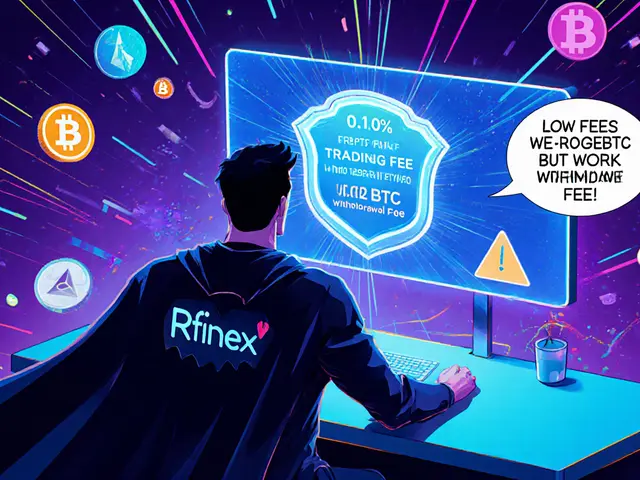Trustless Bridges
When working with trustless bridges, software that moves assets between blockchains without a custodian. Also known as crypto bridges, they rely on code, not a middle‑man, to lock tokens on one chain and mint equivalents on another. This approach trustless bridges enables users to keep full control of their funds while hopping across ecosystems.
One key player in this space is cross‑chain swaps, direct token exchanges that happen across different blockchains. Cross‑chain swaps require bridging protocols, sets of smart contract rules that validate and relay transactions between chains. In practice, a bridging protocol orchestrates the lock‑mint process, ensuring that the total supply stays balanced. Behind every bridging protocol sits a layer of smart contracts, self‑executing code that enforces the bridge’s logic without human intervention. Smart contracts enable trustlessly enforced rules, making the whole system robust and auditable.
Liquidity providers play a silent but vital role. They deposit assets into bridge pools so that when a user wants to move value, there’s always enough backing on both sides. This liquidity supports cross‑chain swaps and helps keep fees low. However, providers also face risks: a bug in a smart contract or a malicious attacker can drain the pool, so choosing bridges with audited contracts is a must.
Security isn’t the only concern. Regulators are paying close attention to how bridges interact with fiat on‑ramps and compliance frameworks. Some jurisdictions treat wrapped tokens as securities, while others focus on anti‑money‑laundering (AML) checks for cross‑border flows. Knowing the regulatory climate can save you headaches later, especially if you plan to bridge large sums or use the assets for DeFi yields.
For everyday users, the choice of bridge often comes down to ease of use and fee structure. Platforms like Wormhole, Axelar, and Polygon Bridge each have their own UI quirks, supported chains, and fee models. Comparing these tools side by side helps you pick the one that matches your trading style—whether you’re chasing arbitrage, moving NFTs, or just diversifying your portfolio.
Looking ahead, the industry is experimenting with multi‑hop bridges that can route assets through several chains in a single transaction, cutting latency and gas costs. Some projects are also exploring zero‑knowledge proofs to further hide transaction details while preserving trustlessness. These innovations could reshape how developers design cross‑chain DeFi products and how investors move capital in a truly interoperable crypto world.
Below you’ll find a curated list of articles that dive deep into specific bridges, compare fees, expose security audits, and walk you through claim processes for airdrops tied to bridge ecosystems. Whether you’re a beginner curious about how assets travel between chains or an experienced trader hunting for the cheapest route, the posts ahead give you practical steps and up‑to‑date analysis.




